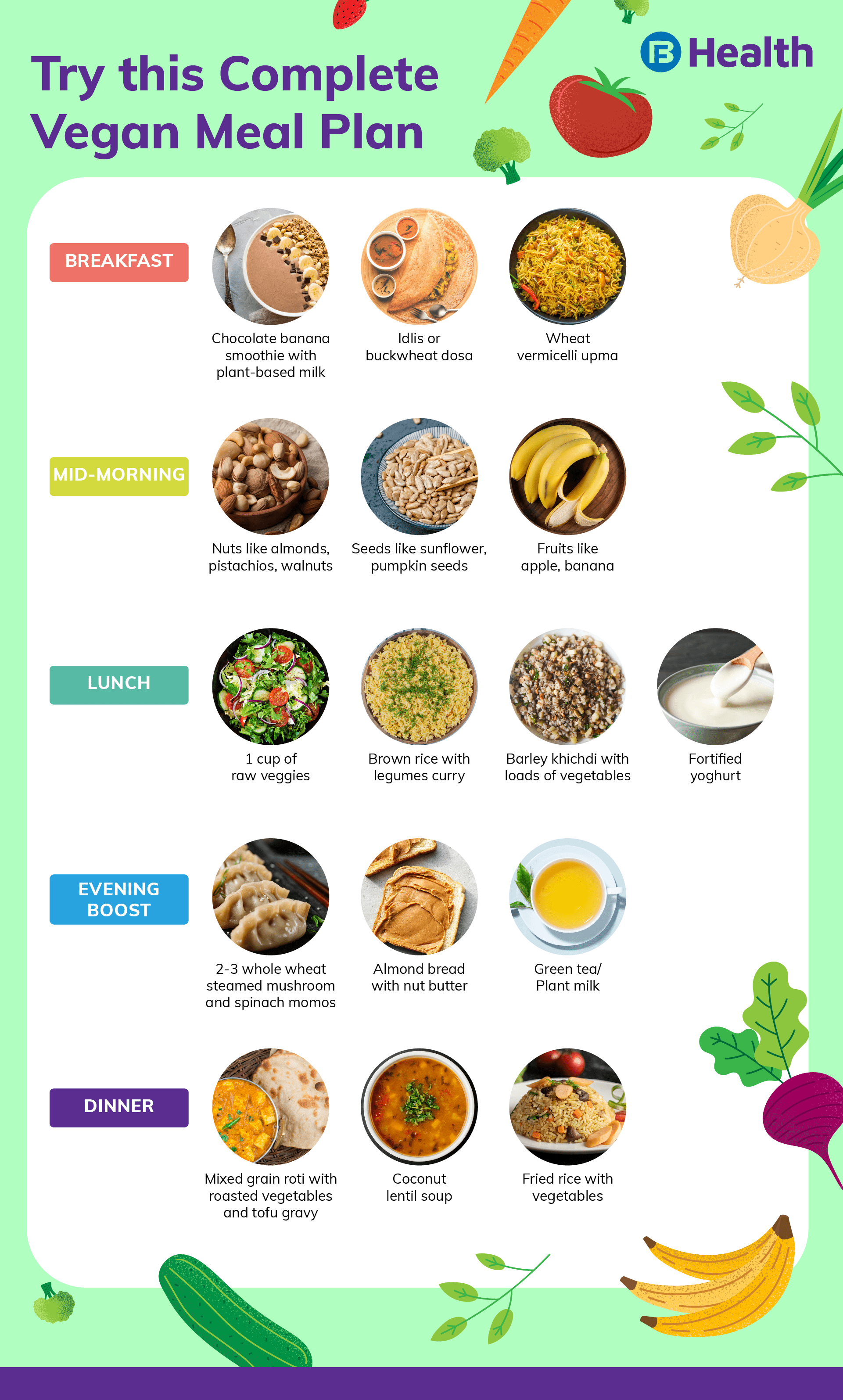
Although stroke is now one of the most common causes of death in developed countries, little research has been done to determine the role of diet in stroke recovery. Stroke has many risk factors. These include obesity, hypertension, physical inactivity, and overweight. However, a healthy diet can greatly improve stroke outcomes. Studies have shown that patients who are able to eat a plant-based diet have a lower chance of having a hemorhagic attack. In addition, these diets have been shown to help prevent or treat hyperlipidemia and type 2 diabetes.
Patients with stroke need to eat a healthy diet in order to speed up recovery and encourage rehabilitation. Dietary interventions are a crucial aspect of stroke prevention, and they should be carefully evaluated. A plant-based diet has a high amount of vegetables and legumes. It is especially low in meat and sweets. It could also help reduce the number and cost of medication needed for chronic diseases. In addition, plant-based diets are also cost-effective.

The present study looked at stroke patients' dietary habits in hospital and post-hospital rehabilitation. Sample menus were presented to the patients for their continued follow-up in the posthospital period. The patients had to state whether they were following the recommended diet. Results showed that patients who ate low-protein diets had higher functional fitness. Hypertension was significantly reduced when the patients were vegetarians. They were also less likely to suffer from total stroke or hemorhagic stroke.
These diets also increased the body's muscle mass and fat. Patients who ate plant-based diets had lower plasma homocysteine levels, which can increase the risk of stroke. Fiber-rich diets also have positive effects upon glycemic control. This lowers the risk of coronary disease. High intakes of whole grains, fruits, vegetables, and legumes have positive effects on blood pressure. These diets can also increase insulin sensitivity.
Although plant-based diets are associated with a reduction in systolic and diastolic blood pressure, the effect of low glucose on blood pressure is unclear. In addition, low vitamin B12 intake has been associated with plasma homocysteine levels. The authors recommend that future studies include a larger number of stroke patients, as well as long-term observations of their eating habits.
It is important to realize that diet is one major health problem in the United States. Studies have shown that stroke patients tend to have poor eating habits, as well as a higher calorie intake. The stroke-related risks of hypertension and obesity are also associated with poor dietary habits. Studies have shown that a diet that is plant-based significantly lowers the risk of total and hemorhagic stroke. These diets are high in fruits, vegetables and legumes as well as nuts, seeds, and nuts.

Plant-based diets are effective for treating hyperlipidemia and type 2 diabetes. They are also associated with a reduced risk of hemorrhagic and ischemic strokes. Numerous studies have shown that fiber-rich diets reduce blood pressure. They improve blood sugar control and lower levels of serum cholesterol. They could also improve gastrointestinal conditions.
FAQ
How can I lower my blood pressure
You must first determine the cause of high blood pressure. You must then take steps towards reducing the problem. You can do this by eating less salt, losing weight, or taking medication.
Also, make sure to get enough exercise. You can also walk if you don’t have the time.
You should join a gym if you are unhappy with your exercise routine. It's likely that you will want to join a gym with other people who are working towards the same goals as you. You will find it easier to keep to a workout schedule if you have someone to watch you at the gym.
What is the best diet for me?
Your age, gender, body type, and lifestyle choices will all impact the best diet. Consider how much energy and low-calorie foods you consume, as well as whether or not you are a fan of fruits and vegetables.
Intermittent fasting is a good option if you're trying to lose weight. Intermittent fasting allows you to consume only specific meals throughout your day rather than three large meals. You might find this way to be more beneficial than traditional diets, which have daily calorie counts.
Research suggests that intermittent fasting may increase insulin sensitivity and reduce inflammation. This can result in improved blood sugar levels as well as a lower risk of developing diabetes. Research suggests that intermittent fasting can promote fat loss and improve overall body composition.
What's the difference between fat/sugar?
Fat is an energy source that comes from food. Sugar is a sweet substance found naturally in fruits and vegetables. Both sugars, and fats, have the same calories. Fats however, have more calories than sugars.
Fats are stored within the body and can contribute to obesity. They can cause cholesterol buildup which can lead to strokes and heart attacks.
Sugars are quickly absorbed and provide instant energy. This causes blood glucose to rise. High blood glucose levels can lead to type II diabetes.
Statistics
- WHO recommends consuming less than 5% of total energy intake for additional health benefits. (who.int)
- WHO recommends reducing saturated fats to less than 10% of total energy intake; reducing trans-fats to less than 1% of total energy intake; and replacing both saturated fats and trans-fats to unsaturated fats. (who.int)
- Extra virgin olive oil may benefit heart health, as people who consume it have a lower risk for dying from heart attacks and strokes according to some evidence (57Trusted Source (healthline.com)
- nutrients.[17]X Research sourceWhole grains to try include: 100% whole wheat pasta and bread, brown rice, whole grain oats, farro, millet, quinoa, and barley. (wikihow.com)
External Links
How To
What does the "vitamin") mean?
Vitamins are organic substances found naturally in food. Vitamins help us absorb nutrients in the foods we consume. Vitamins cannot be made by the body; they must be taken from food.
Two types of vitamins exist: water soluble and oil soluble. Water-soluble vitamins dissolve easily when they are dissolved in water. Examples include vitamin C,B1 (thiamine), B2 (riboflavin), B3 (niacin), B6 (pyridoxine), folic acid, biotin, pantothenic acid, and choline. The liver and fat soluble vitamins are stored in fatty tissue. Vitamin D, E, K and A are some examples.
Vitamins can be classified by their biological activity. There are eight major types of vitamins.
-
A - essential for normal growth and maintenance of health.
-
C - vital for nerve function and energy generation
-
D - essential for healthy teeth and bones.
-
E is needed for good reproduction and vision.
-
K - Required for healthy nerves and muscles.
-
P - Vital for strong bones and teeth.
-
Q - aids digestion and absorption of iron.
-
R - Required for red blood cell production
The recommended daily allowance for vitamins (RDA) varies according to age, gender, or physical condition. The U.S. Food and Drug Administration (FDA) sets the RDA values.
For adults over 19 years, the RDA is 400 mg per day for vitamin A. However, pregnant women need 600 micrograms per day because it is important for fetal development. Children ages 1-8 require 900 micrograms per day. Infants under one year of age require 700 micrograms per day, but this amount decreases to 500 micrograms per day between 9 months and 12 months of age.
Children between the ages of 1-18 need 800 micrograms per daily for obesity, while those overweight require 1000 micrograms. To meet their nutritional needs, children underweight and obese need 1200micrograms.
Children 4-8 years old with anemia will need 2200 mg of vitamin D daily.
2000 micrograms per person is necessary for general health. Because of their higher nutrient needs, women who are pregnant or nursing need 3000 mg per day.
1500 micrograms is the recommended daily intake for adults aged 70+, as they lose 10% of their muscle every ten years.
Women who are pregnant or lactating need more than the RDA. Pregnant women require 4000 micrograms daily during pregnancy, and 2500 micrograms every day after birth. Breastfeeding mothers need to consume 5000 micrograms each day when breastmilk has been produced.